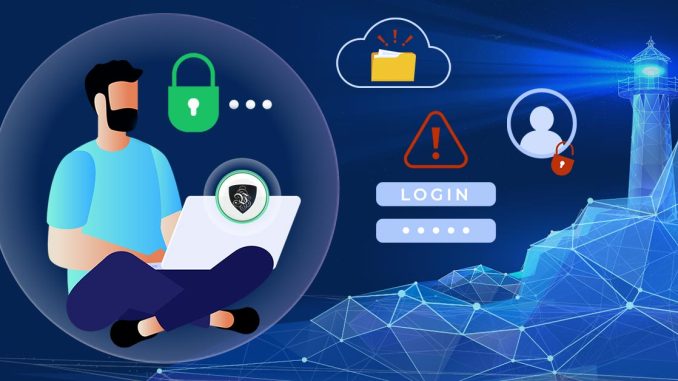
In today’s increasingly digital world, our personal information is constantly at risk. From social media profiles to online banking, nearly every aspect of our lives has a digital footprint. While the internet offers convenience, it also opens the door to various privacy threats. Securing your online privacy has never been more important. This guide will help you understand the risks and take practical steps to protect your personal data.
1. Use Strong, Unique Passwords
One of the simplest yet most effective ways to protect your online privacy is by using strong and unique passwords for each of your accounts. Avoid using easy-to-guess information like birthdays or names of pets. Instead, opt for a combination of upper and lowercase letters, numbers, and special characters.
Consider using a password manager to keep track of your passwords. These tools can generate complex passwords for you and store them securely. Never reuse the same password across multiple sites, as it increases the risk of a data breach.
2. Enable Two-Factor Authentication (2FA)
Two-factor authentication (2FA) adds an extra layer of security to your online accounts. Even if someone manages to guess your password, they would still need the second factor—usually a one-time code sent to your phone or email. Enabling 2FA on services like email, social media, and banking adds an extra barrier that helps protect your data.
Most major websites and services offer 2FA, and it’s an easy step to take that significantly enhances your security.
3. Use a Virtual Private Network (VPN)
A Virtual Private Network (VPN) is an essential tool for protecting your online privacy, especially when browsing public Wi-Fi networks. A VPN encrypts your internet connection, making it much harder for hackers to intercept your data.
Whether you’re accessing sensitive information like banking details or simply browsing the web, a VPN provides a secure connection and hides your IP address, which helps keep your online activity private.
4. Be Mindful of What You Share on Social Media
Social media platforms are a goldmine for personal data, and oversharing can make you vulnerable to identity theft and other forms of exploitation. Be cautious about the information you share, such as your full name, location, phone number, or details about your routine.
Always review your privacy settings on social media accounts. Limit what others can see about you and regularly check the apps connected to your accounts. Remove any that you no longer use or trust.
5. Beware of Phishing Scams
Phishing scams are deceptive attempts to steal sensitive information, such as login credentials or financial details. They often come in the form of emails, text messages, or even phone calls that appear to be from legitimate sources like your bank or an online retailer.
Never click on links or download attachments from unknown sources. Always verify the legitimacy of any communication by contacting the company directly through their official channels. If it seems too good to be true, it probably is.
6. Encrypt Your Devices
Encryption is a powerful tool for protecting your data, especially if your device is lost or stolen. Many modern smartphones, tablets, and computers come with built-in encryption features. Ensure that you enable these settings to make your data unreadable to anyone who doesn’t have the right key.
Full-disk encryption ensures that all the information on your device, from documents to photos, is secure. This is particularly important for those who store sensitive information on their devices.
7. Regularly Update Software and Devices
Software updates often contain critical security patches that protect your devices from known vulnerabilities. Make sure that your operating system, applications, and antivirus software are always up to date.
Set your devices to update automatically whenever possible. This reduces the risk of missing important updates and ensures that your security systems are always running at their best.
8. Monitor Your Digital Footprint
Your digital footprint includes everything you’ve shared or posted online, as well as the data collected by websites and online services. Regularly monitor what’s being shared about you and take control of it. Google yourself to see what personal information is available publicly and remove any unnecessary or outdated content.
Consider using a privacy service to track and manage your online presence. These services help you stay on top of your digital footprint and can alert you if your personal information is exposed in a data breach.
9. Be Careful with Public Wi-Fi
Public Wi-Fi networks, such as those in coffee shops or airports, are convenient but often not secure. Cybercriminals can easily intercept your internet traffic when you’re on these networks. Avoid logging into sensitive accounts or making financial transactions over public Wi-Fi.
If you must use public Wi-Fi, ensure that you’re connected to a VPN to protect your data from potential attackers.
10. Understand the Privacy Policies of Websites You Visit
Before signing up for a new online service, take the time to read its privacy policy. This document will tell you how your data will be used, stored, and shared. Opt for services that respect user privacy and are transparent about their data practices.
If a website has an unclear or overly complicated privacy policy, proceed with caution. Your privacy is too important to trust companies that don’t make it a priority.